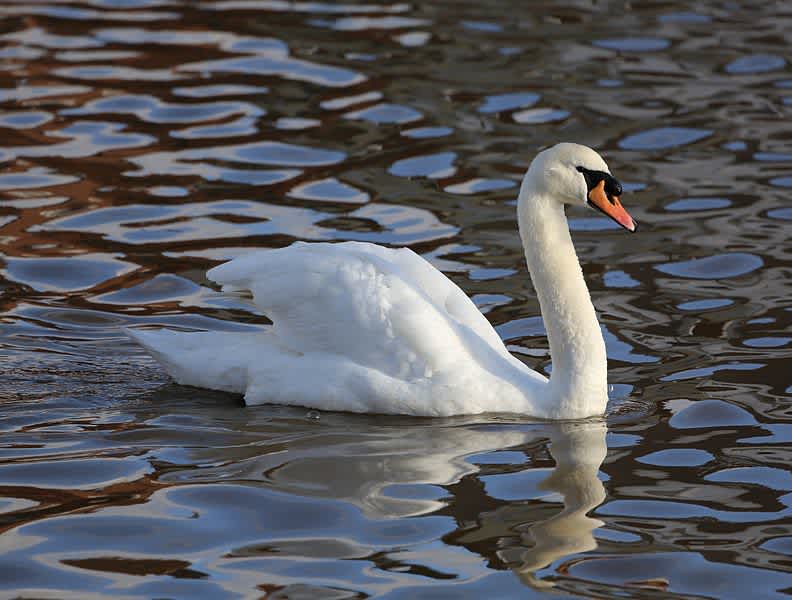Michigan County Aims to Cull 15,500 Mute Swans
OutdoorHub Reporters 07.31.13

Barry County, Michigan recently gave state wildlife officials permission to begin a widespread cull of an invasive mute swan population living in the area. Swans may not be the first animal to come to mind when one thinks of an invasive species, but Michigan has been grappling with the problem birds for years. What makes mute swans so detrimental to local waterways? Their large stomachs and matching appetites.
“Mute swans eat six times more than most other waterfowl,” said graduate student researcher Nicole Wood, who is studying the animals “We’re seeing reduction in the number of fish and a stunted size in bluegills. For fisherman around here, that can be a big concern.”
Decreased opportunities for anglers also mean a blow to fish populations, the effects of which could ripple through the ecosystem. In addition, mute swans also pose a threat to Michigan’s native trumpeter swan. Unlike their larger and more aggressive cousins, the trumpeter swan generally shy away from humans and are rarely seen, so their decline is only known to researchers. According to The Hastings Banner, previous research found mute swans to be one of the most aggressive waterfowl in the world.
Supporters of the cull say that mute swans can be dangerous towards humans. A Chicago kayaker died last year when a swan knocked him out of his craft and continued attacking until he drowned. Fatal incidents are rare, but milder encounters with the waterfowl still have residents worried, especially when it comes to children.
On the other hand, Barry County’s plan to rid itself of its fowl nuisance has met with opposition from residents who enjoy the animals. Because of the trumpeter swan’s elusiveness, some bird watchers say that eradicating the mute swans will result in the loss of a popular bird.
“Trumpeter swans don’t like being on lakes with people,” said Mary Fisher, president of the Barry County Humane Society. “You get rid of the mute swans, and you won’t have any swans at all. Personally, I want to see more mute swans, not trumpeter swans.”
Other opponents say that the county board of commissioners and the Department of Natural Resources (DNR) are stepping over the bounds of their power. The DNR is currently accepting feedback from the county’s 16 townships before implementing the planned cull, which is expected to begin in early August and to continue for the next five years. Instead of targeting nests or young, adult swans will be shot.
“(Mute swans) are a big problem,” DNR waterfowl expert Barb Avers told MLive.com. “We have seen exponential growth. Since 2000 their numbers have nearly tripled.”
Experts believe mute swans arrived in North America in the late 1800s from Europe. Although some activist groups contend that the swans originally migrated from Canada, most U.S. wildlife departments treat them as an invasive species that can endanger native environments.

